When shopping for a new recliner, one of the first decisions you'll need to make is whether you want a fabric or leather cover. Fabric and leather both have distinct advantages and disadvantages when used for recliner upholstery, which are important to weigh based on your priorities. This guide examines the key differences between fabric and leather recliners to help you determine which is better suited for your needs and home décor.Learn more material info: Choosing the Right Fabric for Your Recliner
 Fabric or Leather? Tracee Recliner provides both!
Fabric or Leather? Tracee Recliner provides both!
Comfort
A recliner's primary function is to provide a comfortable place to relax, so comfort should be a top consideration when choosing fabric versus leather. Fabric recliner upholstery is typically padded more thickly than leather. The soft, plush feel of fabric can be very inviting, contouring to your body’s shape as you lounge. The fabric also tends to breathe better than leather, resulting in increased airflow and a less sticky feeling against your skin.
However, high-quality leather can provide exceptional comfort, too. Top grain leather recliners have some give to mold to your body. And for those who tend to get hot while relaxing, leather’s smoother surface stays cooler to the touch than fabric. Leather also provides more supple lumbar support in the lower back area. So, both fabrics and leather have comfort perks, with individual preference being the deciding factor.
@GregglesTV gives his answer
Durability
Recliners get a lot of use, so the durability of the upholstery fabric or leather matters. Quality leather, usually from the top layer of cowhide, is extremely durable, outlasting fabric by years with proper care. It develops a unique patina over time but won’t crack or peel. Leather is also more resistant to punctures from pet claws or sharp toys. And its slick surface allows it to be easily cleaned.
Most fabric upholstery cannot compare to the lifespan of good leather. But fabrics like durable polyester blends or thick, high-density woven materials can still hold up well for a decade or longer. The main risks to fabric durability come from piling, fuzzy texture developing from use, staining that cannot be removed, and stitching loosening, resulting in ripped seams. Choosing high-quality, tightly woven fabric minimizes these risks. So leather clearly surpasses fabric for durability, but that doesn’t mean fabric won’t last.
Maintenance
Caring for your recliner over many years of use is essential to extend its lifespan. Leather is easier to care for long-term with less required maintenance. A simple wipe down with a damp cloth to clean, conditioning with leather oil every 6-12 months, and avoiding direct sunlight preserve leather best. Water and dirt roll right off the leather instead of soaking in, making quick clean-ups a breeze. Leather is also a great choice for pet owners since pet hair doesn’t embed itself within leather.
Fabric requires much more routine care. Vacuuming weekly removes embedded dirt and debris that can wear down fibers over time. Fabric is also more prone to staining that may require spot cleaning agents or professional cleaning to remove stains and restore the upholstery. Depending on the fabric, more delicate maintenance may be needed, like flipping cushions to evenly distribute wear. While it requires a bit higher maintenance, taking proper ongoing care of fabric can keep it looking fresh.
Get more knowledge for cleaning recliner: A Guide to Cleaning and Maintaining Recliner
Cost
Not surprisingly, leather recliners typically cost significantly more than similar fabric models — around 2-3 times more. The expense comes from leather’s long production process and rigorous quality standards that make top-grain leather more valuable. Additionally, the structural framework of a leather recliner needs to be exceptionally sturdy to support the leather’s weight. And manufacturing leather recliners is often more labor intensive.
In comparison, fabric recliners can satisfy a wider range of budgets. Less expensive microfibers and synthetic blends have a more affordable price point but emulate the soft hand of more expensive natural fabrics like cotton, wool, or linen. Choosing a performance fabric with stain protection and durability features further maximizes value. So, fabric recliners can fit better for buyers with price limitations or who want to furnish multiple rooms.
Aesthetics
Both leather and fabric have design versatility that allows them to fit a variety of decors. Leather makes a refined style statement in spaces wanting a touch of luxury. The supple texture and rich color of leather develop over time and impart natural warmth and dimension, too. Leather also pairs well with other materials like warm wood tones, metals, and stone. Sleek leather upholstery complements contemporary and modern décor nicely.

Fabrics offer plenty of aesthetic options as well. From elegant velvets and brushed textiles to homey cottons and durable canvas, fabric recliners come in countless material and pattern choices. Vibrant tone-on-tone prints or subtle tweeds make unique style statements. And performance fabrics with velvety feels mimic leather’s upscale appearance at more affordable prices. Mixing coordinating upholstery fabrics on different seating pieces also achieves a collected, welcoming look. So, both leather and fabrics can achieve almost any aesthetic you want.
After considering these key factors — comfort, durability, ease of care, cost, and design aesthetics — carefully evaluate which qualities matter most for your recliner purchase. Leather best suits buyers wanting a refined, quality investment with exceptional longevity. For those wanting plush comfort, approachable pricing, and family-friendly fabric, quality woven upholstery is likely the better choice. Performance microfibers bridge the gap somewhat with smooth leather feels and more budget-conscious costs. Weighing your priorities determines which direction provides the ideal recliner to relax in for years to come.
Q&As
Q: Are leather recliners hot to sit on?
A: Quality full-grain leather recliners breathe very well, making them comfortable to lounge on without getting too hot. The natural fibers allow heat to dissipate instead of trapping it near your body. Just avoid direct sunlight on leather, as the heat can dry it out over time.
Q: Do fabric recliners sag over time?
A: All upholstery can sag with extended use, but high-density foam and zig-zag spring suspensions in quality fabric recliners minimize sagging issues.
Q: Is faux leather durable?
Faux leather, crafted from synthetic materials like polyvinyl chloride (PVC) or polyurethane (PU), is designed for durability. It stands up well against wear and tear, making it a practical choice for items like furniture and clothing. This material is also resistant to stains and fading, maintaining its appearance over time.
Q: Can you repair leather recliners?
A: Unlike fabric tears, which require full upholstery work to mend, experienced leather specialists can often repair minor leather scratches, scuffs, and even small tears. Leather’s inherent strength allows precise stitching to essentially make repairs invisible. Proper leather conditioning leaves it supple enough for seamless repairs.
Q: Are microfiber recliners machine washable?
Most microfiber recliner upholstery cannot withstand machine washing. Damp wiping followed by vacuum cleaning keeps microfiber clean without risking water damage to internal chair structures. Consult your recliner manufacturer, if some microfabrics boast machine-washable features.

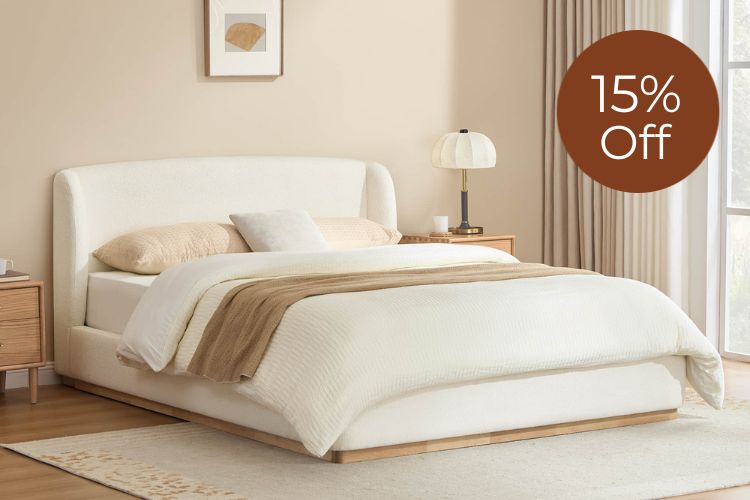
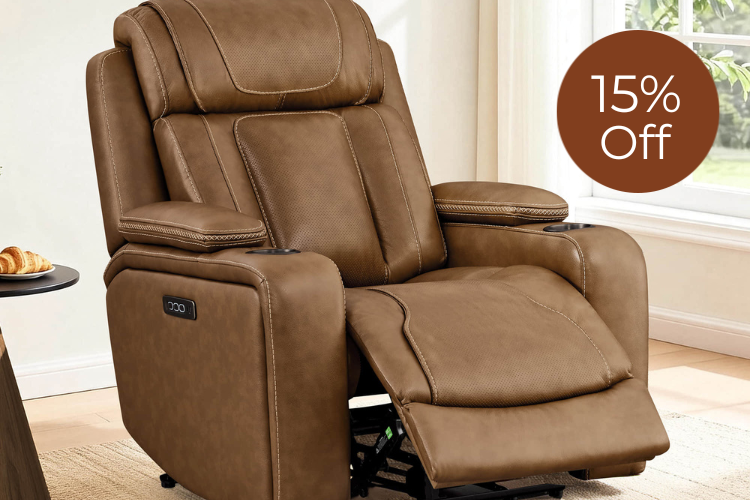
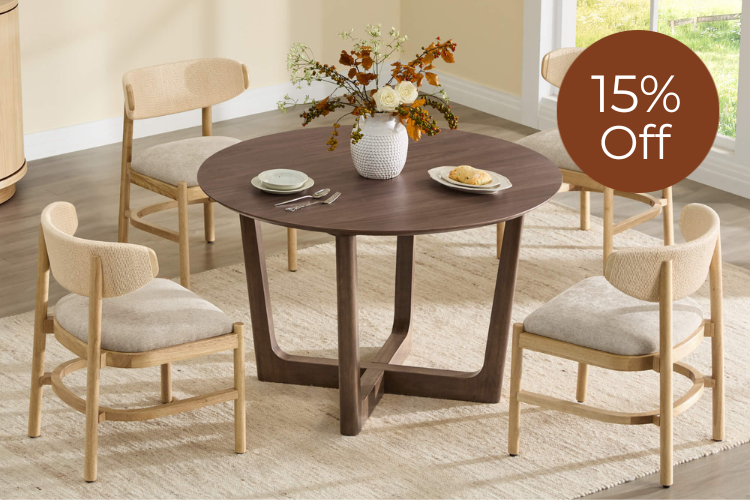
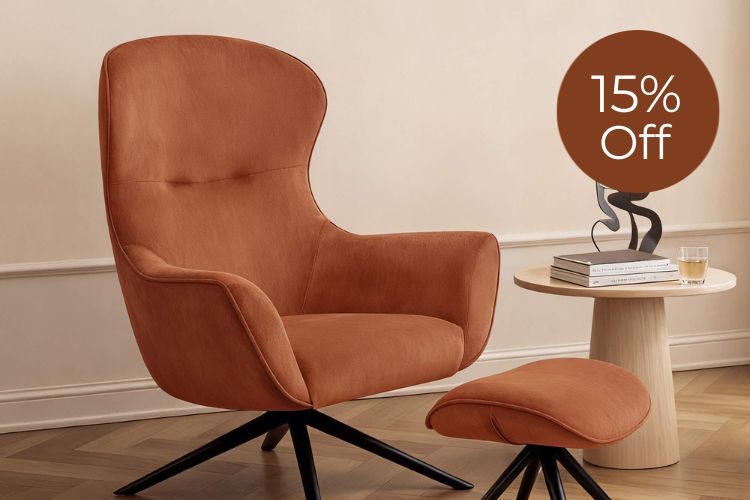
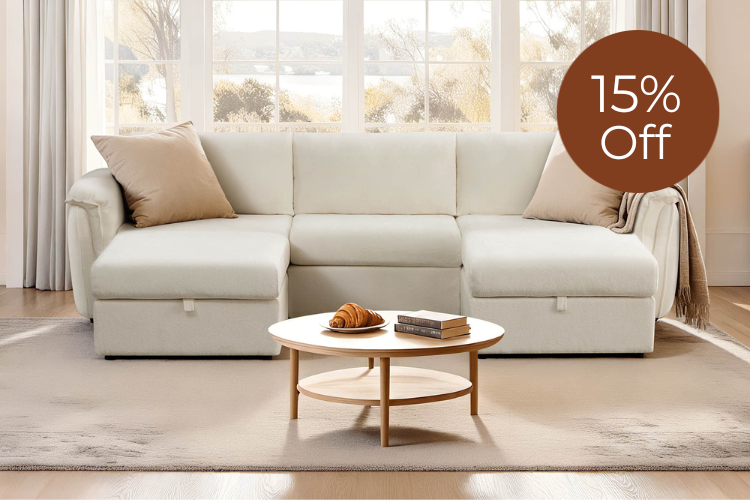


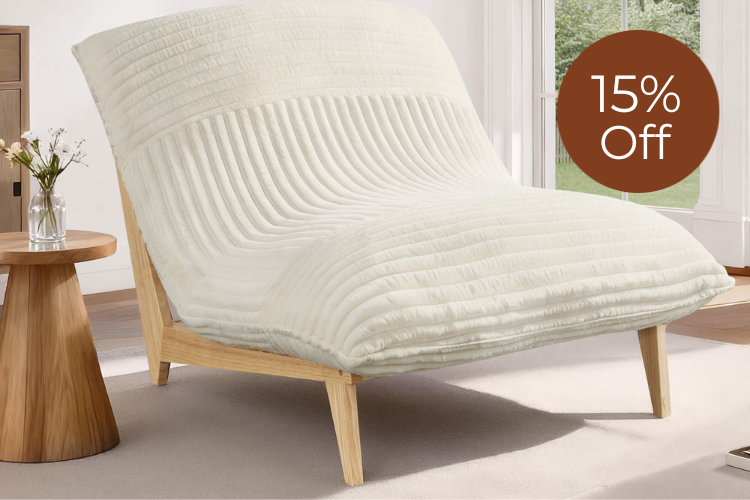


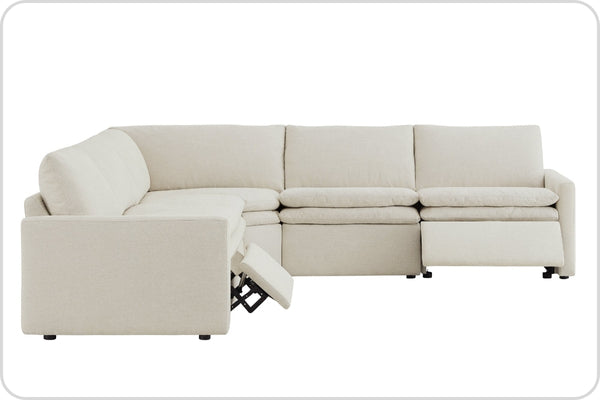


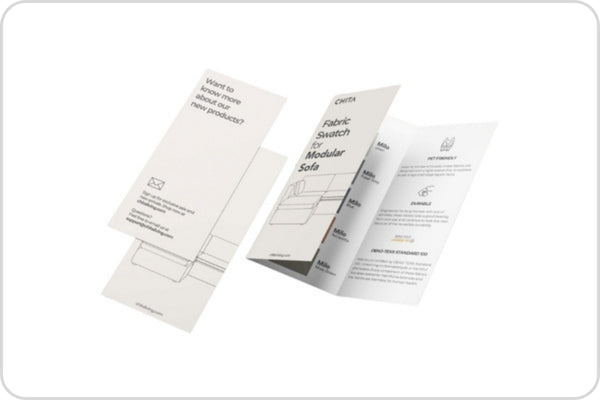

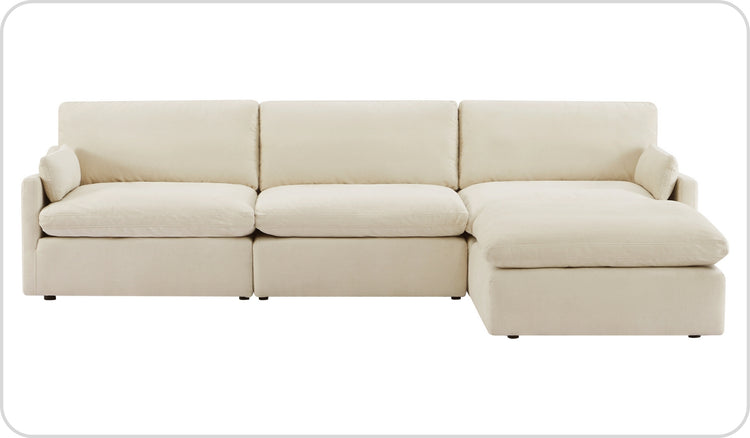




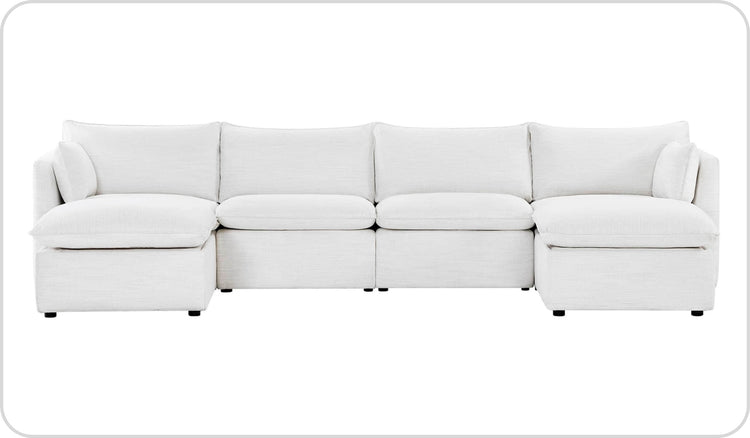

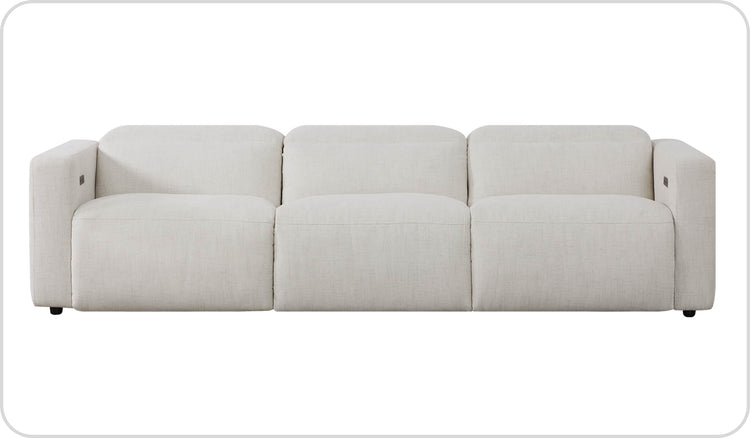


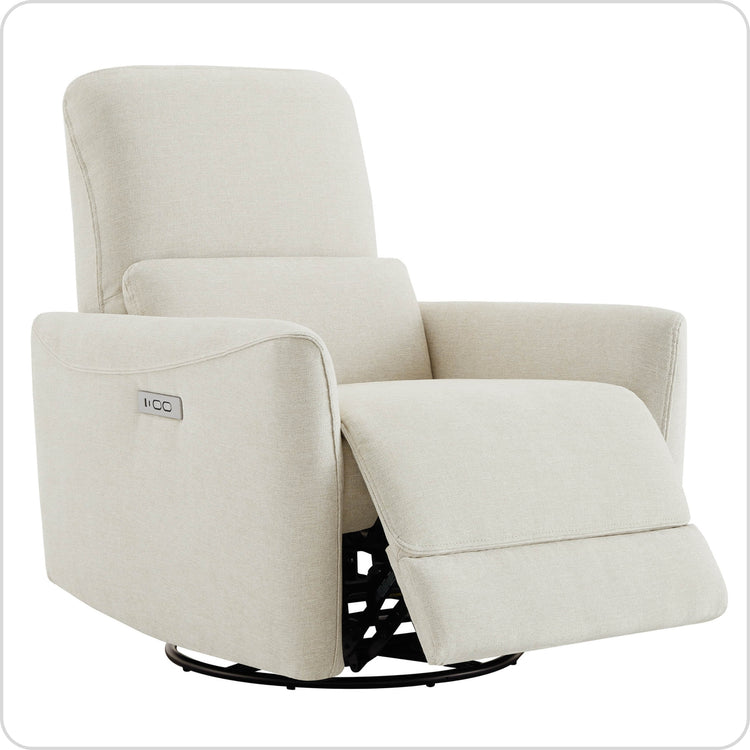
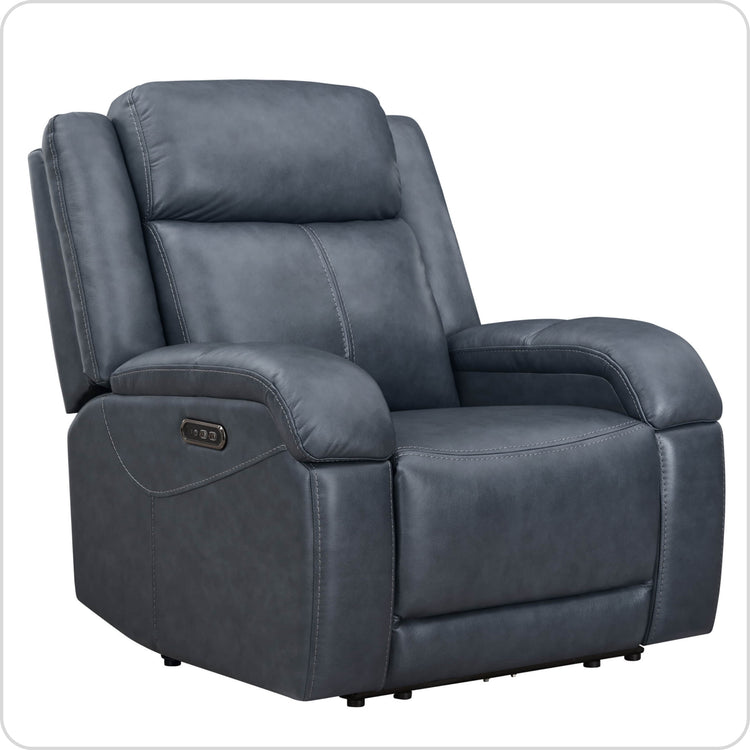
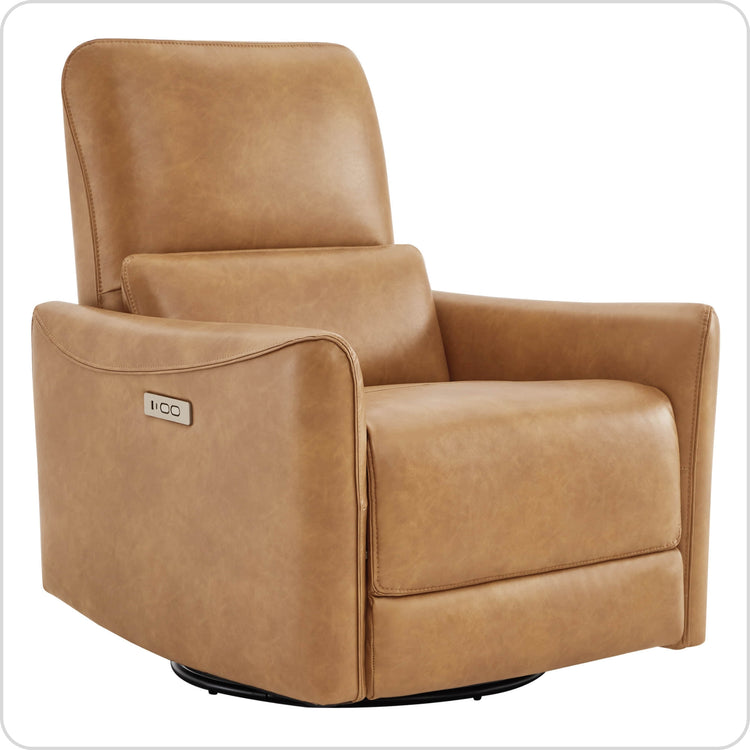



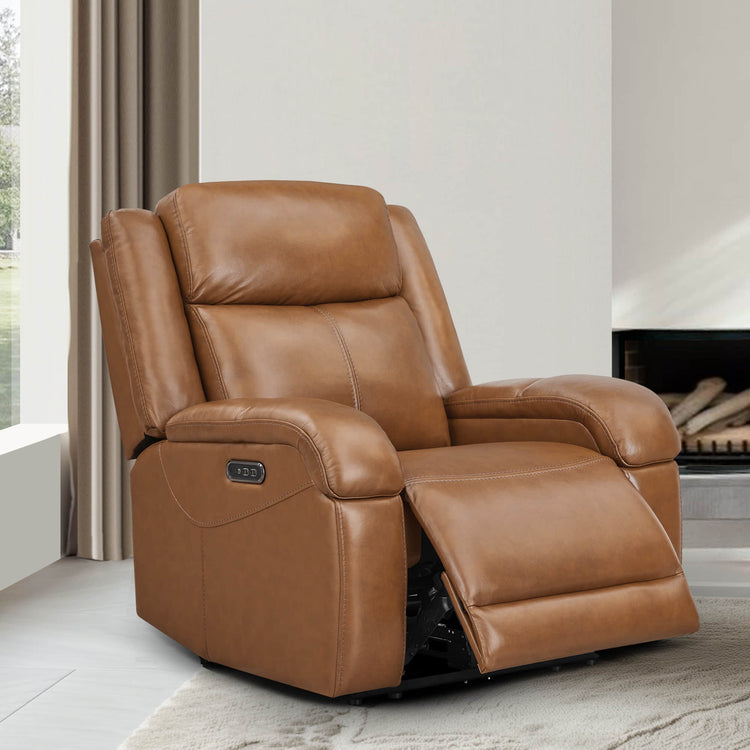

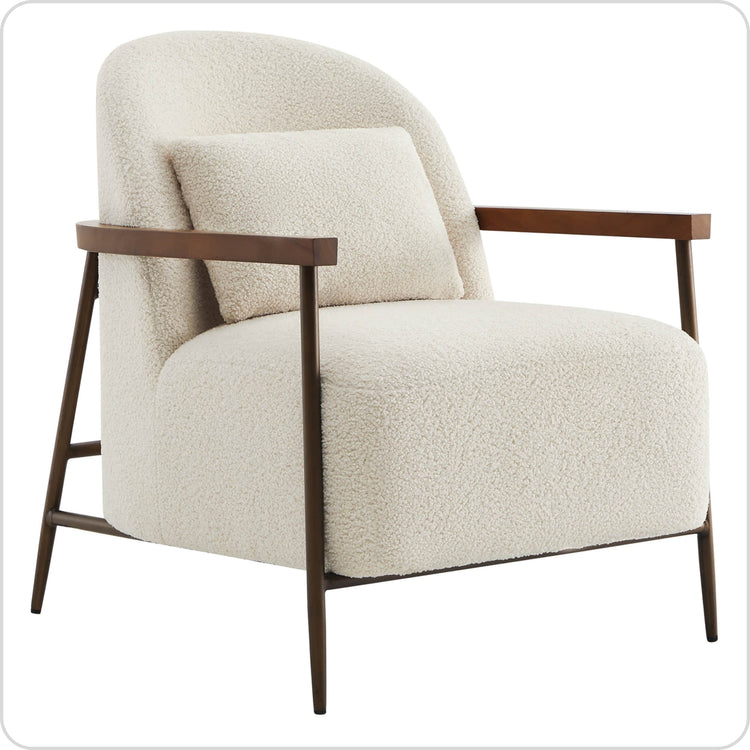
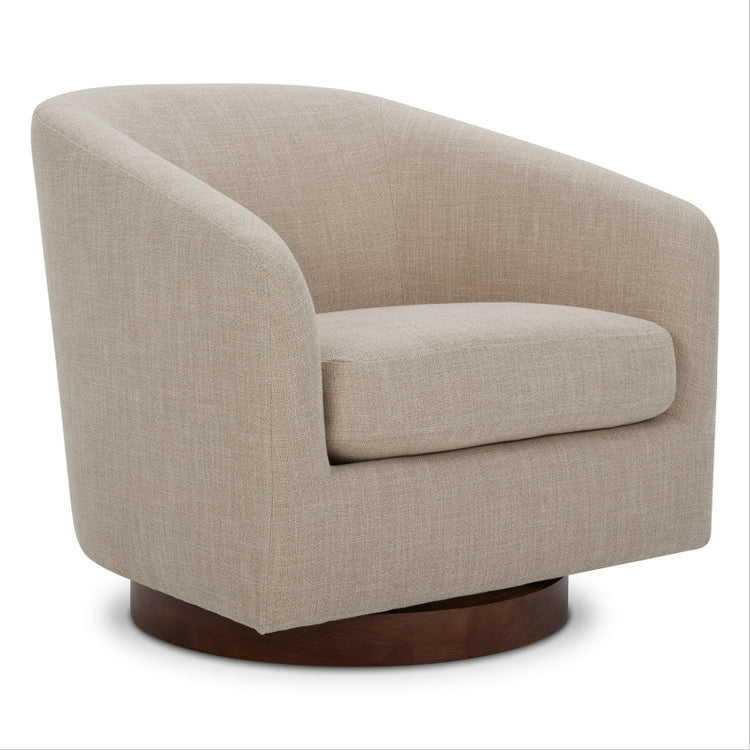
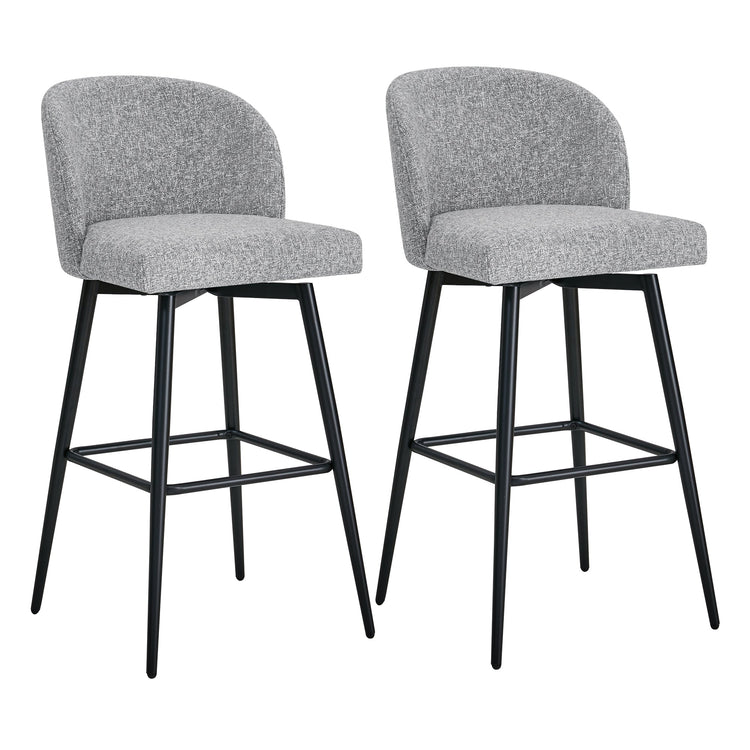
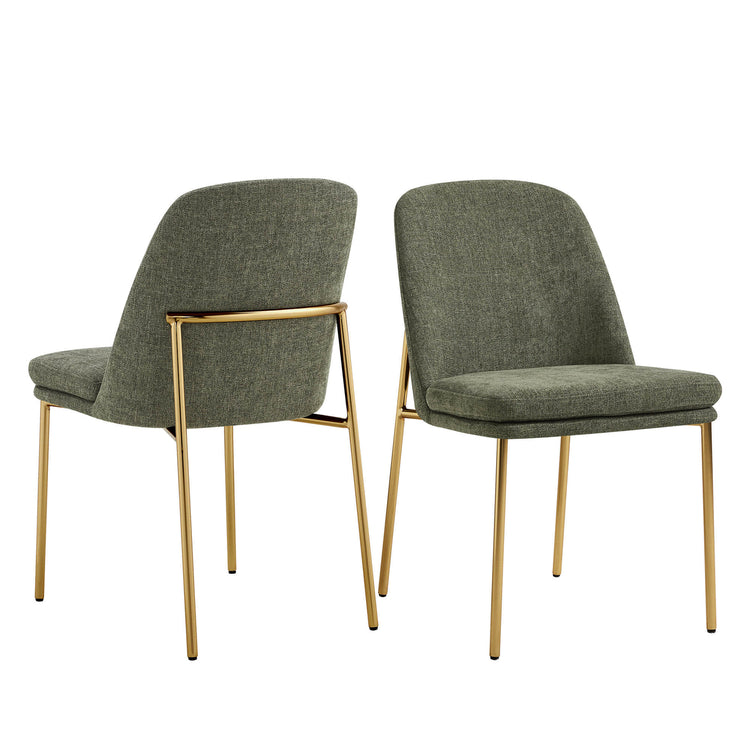
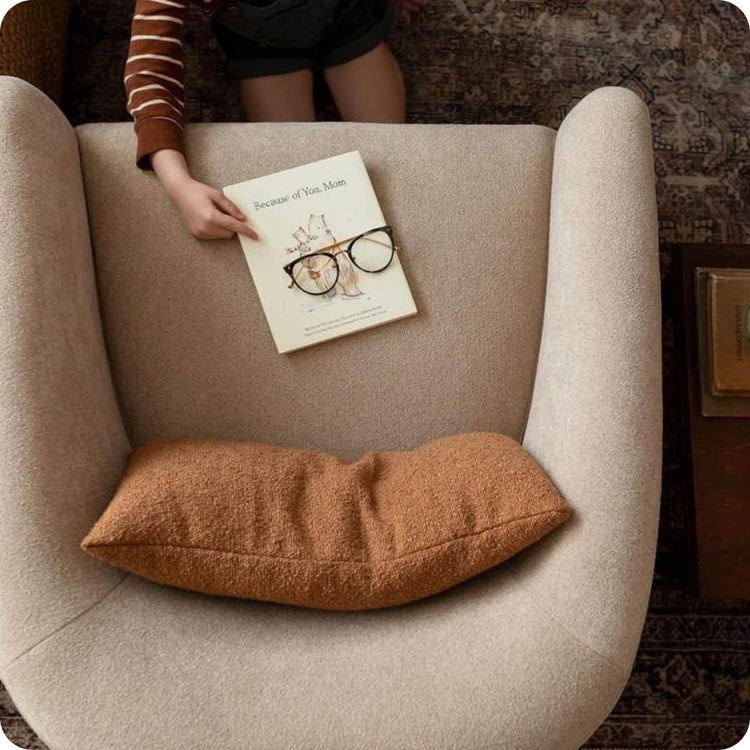
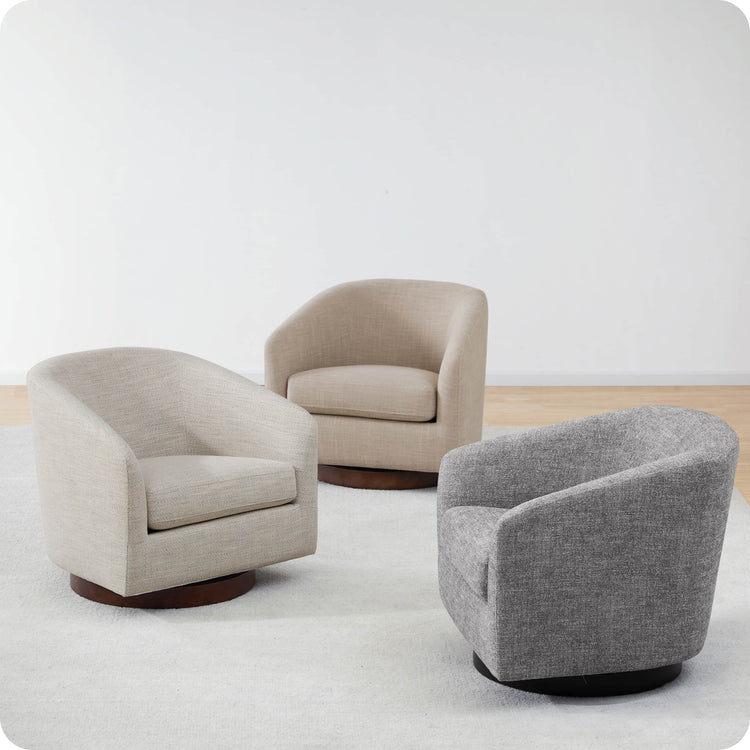
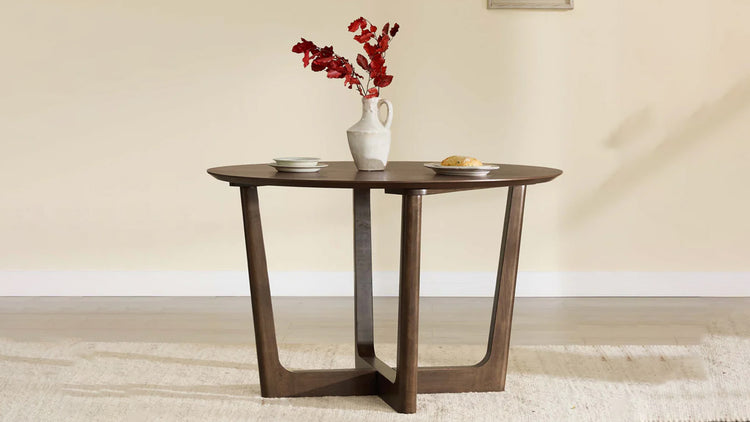

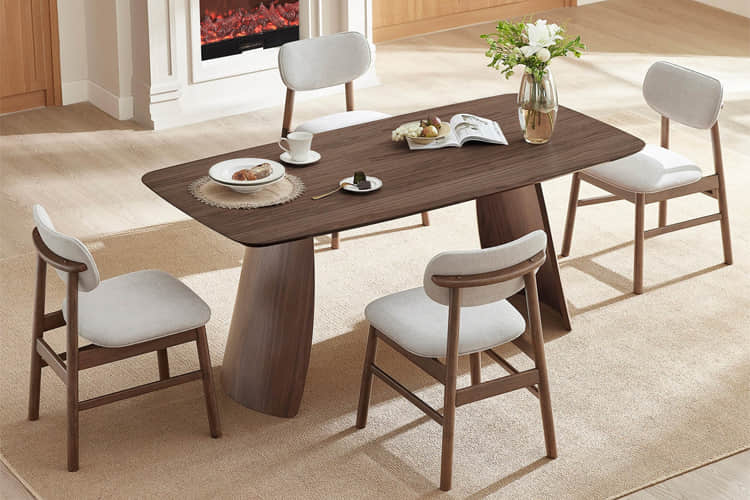

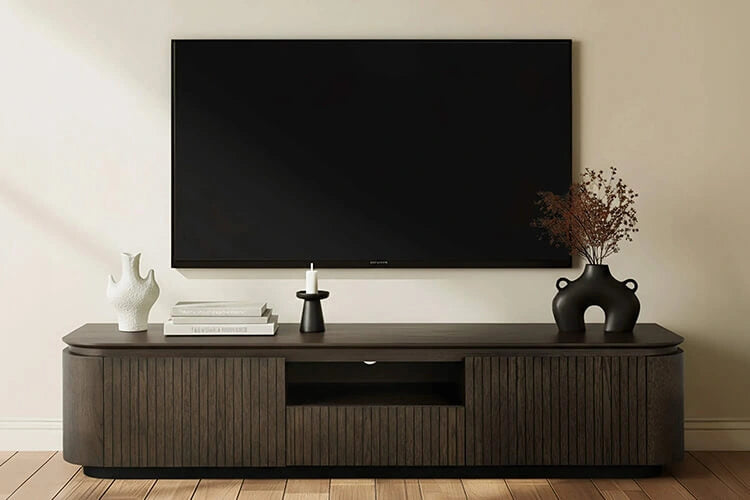
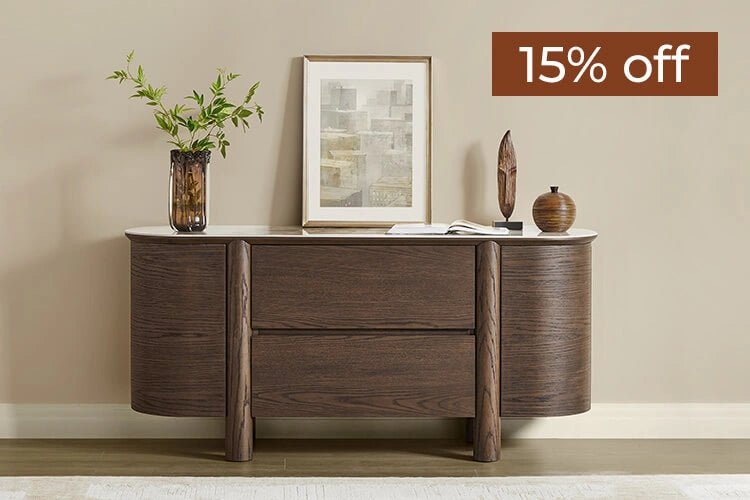


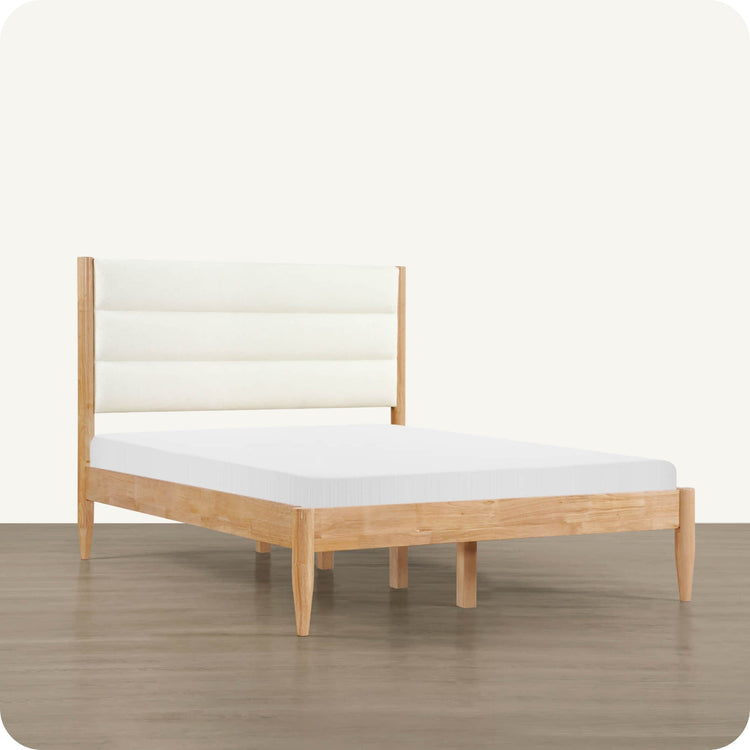

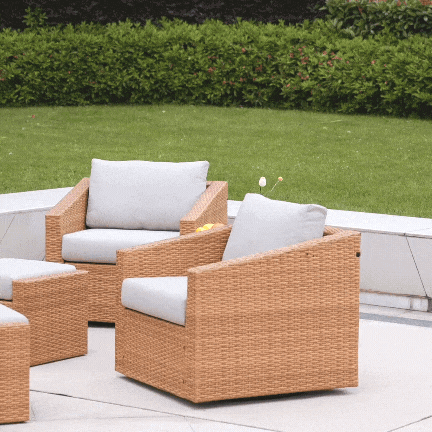
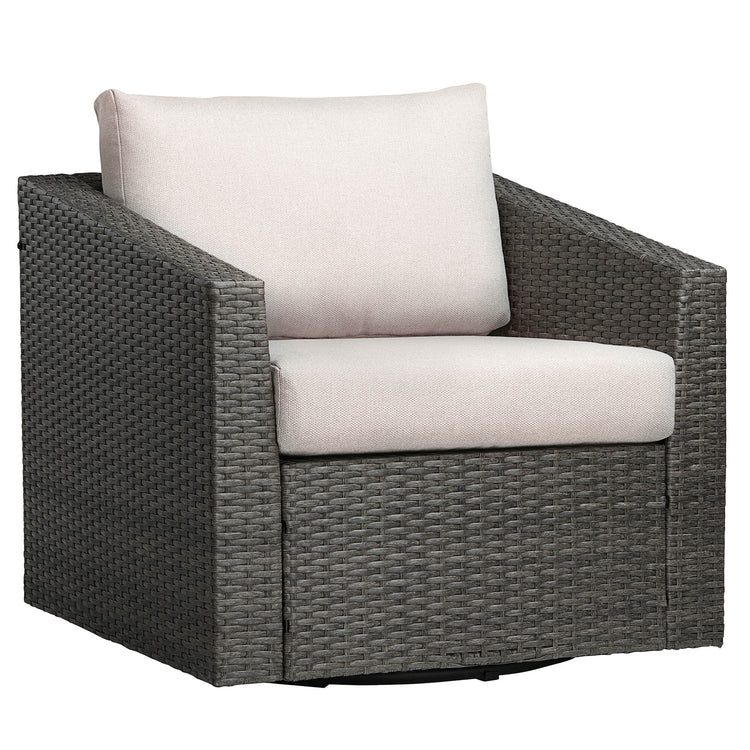

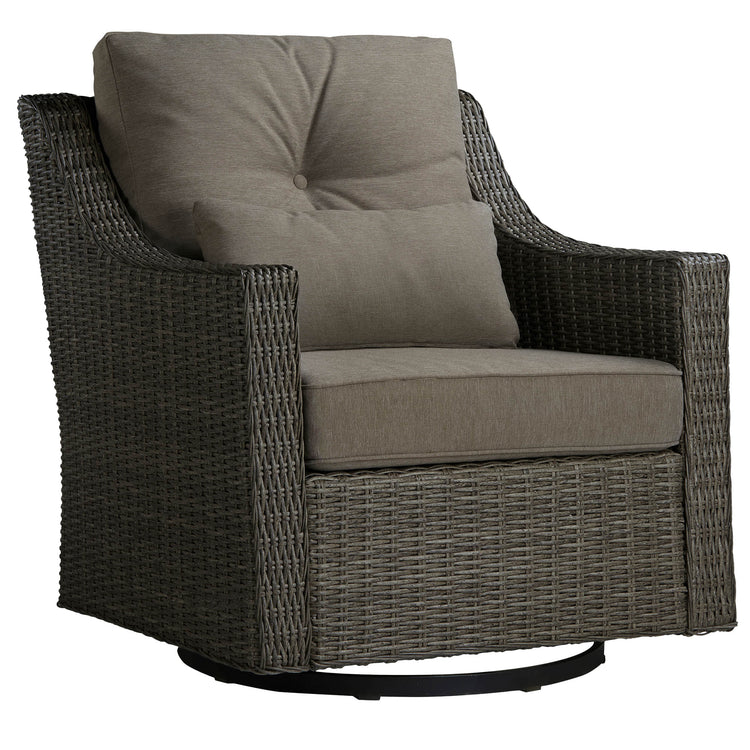
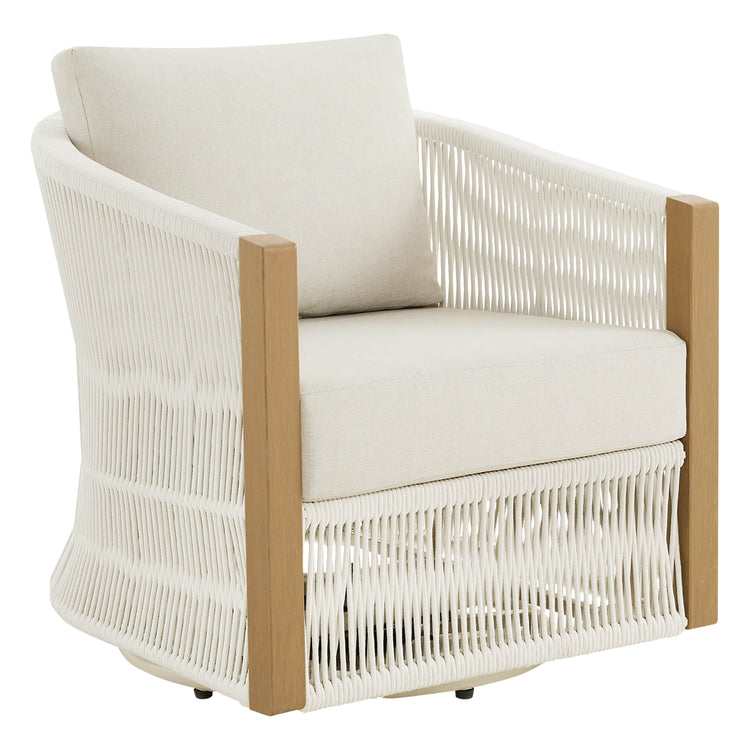
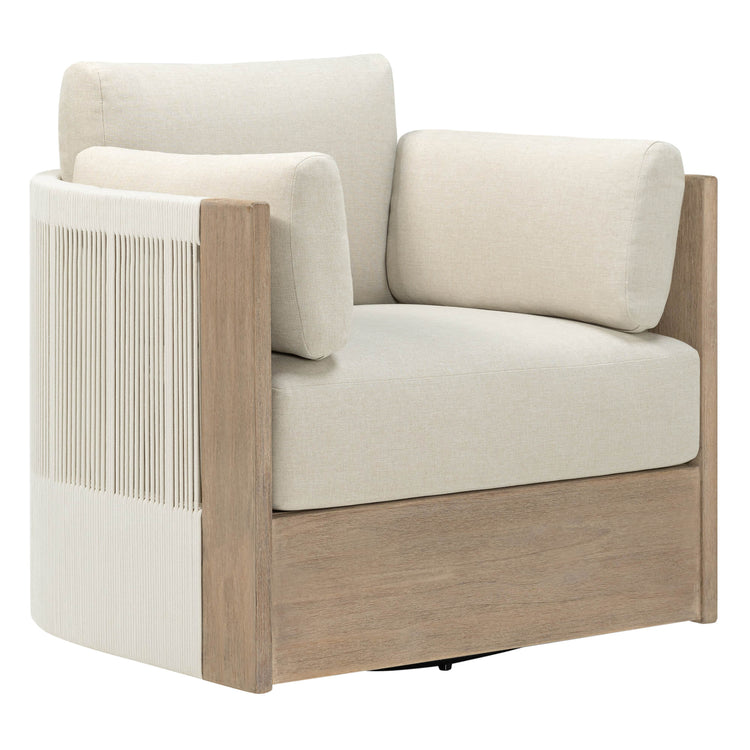

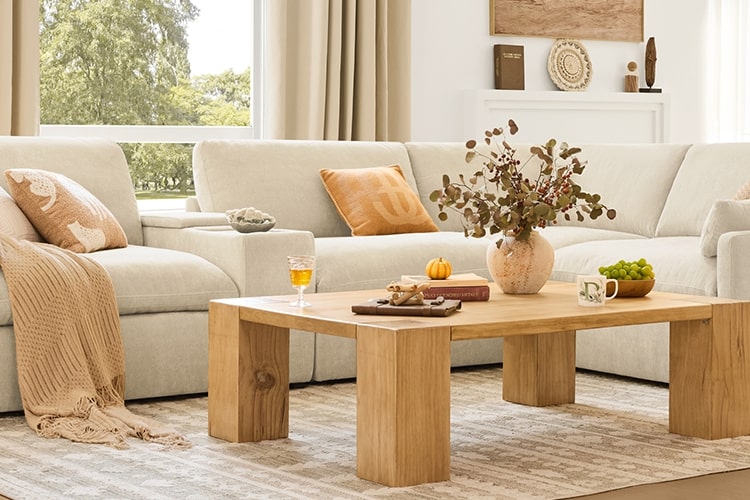





1 comment
fabric recliners can satisfy a wider range of budgets. Less expensive microfibers and synthetic blends have a more affordable price point